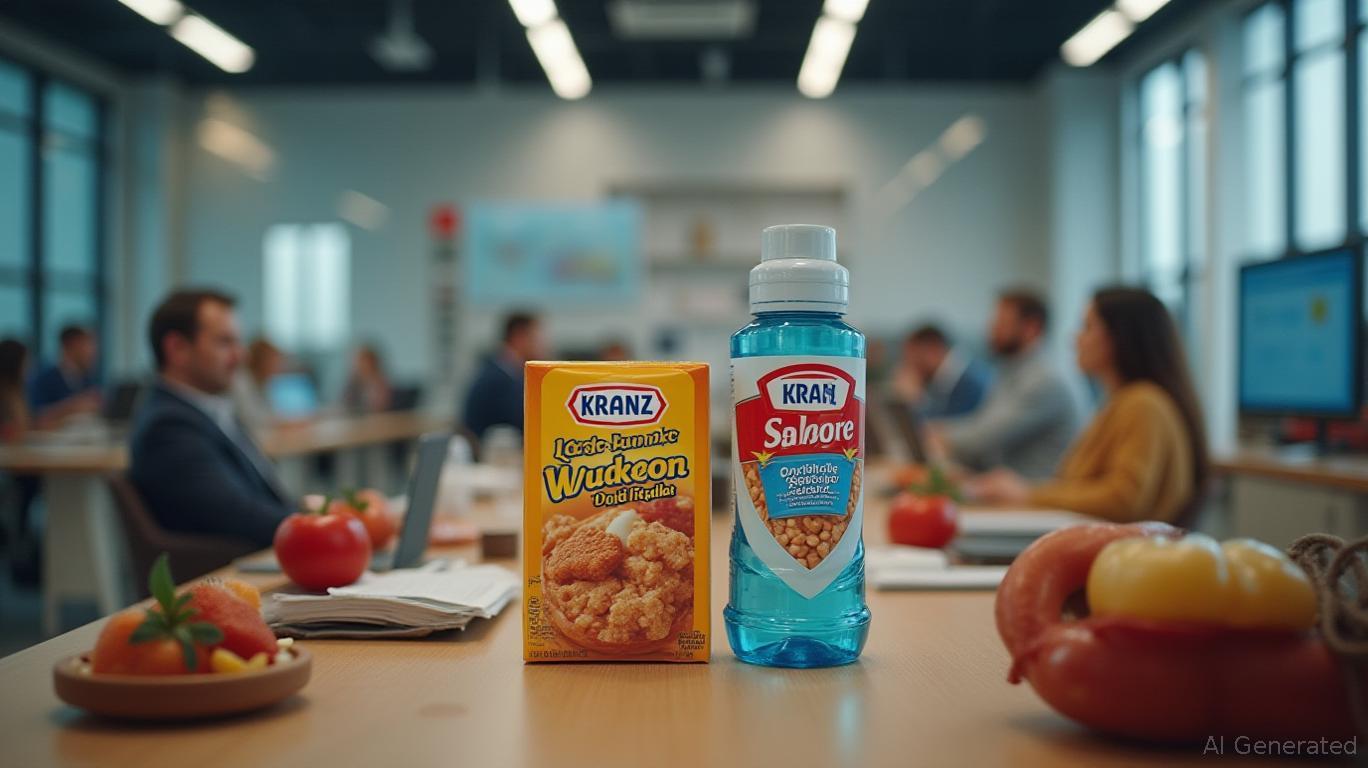Kraft Heinz to Remove Artificial Dyes from U.S. Products by 2027
Kraft Heinz has announced a significant shift in its product formulation, committing to phase out artificial dyes from its U.S. products by the end of 2027. This decision follows a call from health officials to reduce the use of petroleum-based artificial colors in the nation’s food supply. The company revealed that nearly 90% of its U.S. products already do not contain food, drug & cosmetic (FD&C) colors, and the remaining products that do will have these dyes removed by the end of 2027.
colors are synthetic additives approved by the U.S. Food and Drug Administration for use in food, drugs, and cosmetics.The products affected by this change include popular brands such as Crystal Light, Kool Aid, Jell-O, and Jet Puffed, which are part of Kraft Heinz's beverage and dessert categories. The company plans to replace these artificial dyes with natural colors. Pedro Navio, North America President at
, emphasized the company's commitment to reducing the use of FD&C colors across its portfolio, stating that the vast majority of its products already use natural or no colors. Kraft Heinz had previously removed artificial colors, flavors, and preservatives from its macaroni and cheese in 2016 and has never used artificial dyes in its ketchup.This move by Kraft Heinz follows a similar announcement by the Food and Drug Administration (FDA) in April, where Commissioner Marty Makary stated that the agency would take steps to eliminate synthetic dyes by the end of 2026, relying largely on voluntary efforts from the food industry. Health advocates have long called for the removal of artificial dyes from foods, citing studies that suggest they can cause neurobehavioral problems, including hyperactivity and attention issues, in some children. However, the FDA maintains that the approved dyes are safe and that most children do not experience adverse effects when consuming foods containing color additives.
The FDA currently allows 36 food color additives, including eight synthetic dyes. In January, the agency announced that the dye known as Red 3, used in candies, cakes, and some medications, would be banned in food by 2027 due to its carcinogenic effects in laboratory rats. Artificial dyes are widely used in U.S. foods, but in regions where synthetic colors are required to carry warning labels, manufacturers mostly use natural substitutes. Several states have passed laws restricting the use of artificial colors in foods.
Kraft Heinz plans to work with licensees of its brands to encourage them to remove the dyes as well. This initiative aligns with the broader trend in the food industry towards using natural ingredients and reducing the reliance on synthetic additives. The company's decision to phase out artificial dyes is a significant step in responding to consumer demands for healthier and more natural food products. The move is expected to enhance the company's reputation for prioritizing consumer health and safety, potentially leading to increased consumer trust and loyalty. Additionally, the shift towards natural colors may open up new opportunities for innovation and differentiation in the market, as the company explores alternative coloring methods and ingredients. Overall, Kraft Heinz's decision to eliminate artificial dyes from its products reflects a growing awareness of the potential health impacts of synthetic additives and a commitment to meeting evolving consumer preferences for natural and wholesome food products.


Comments
No comments yet